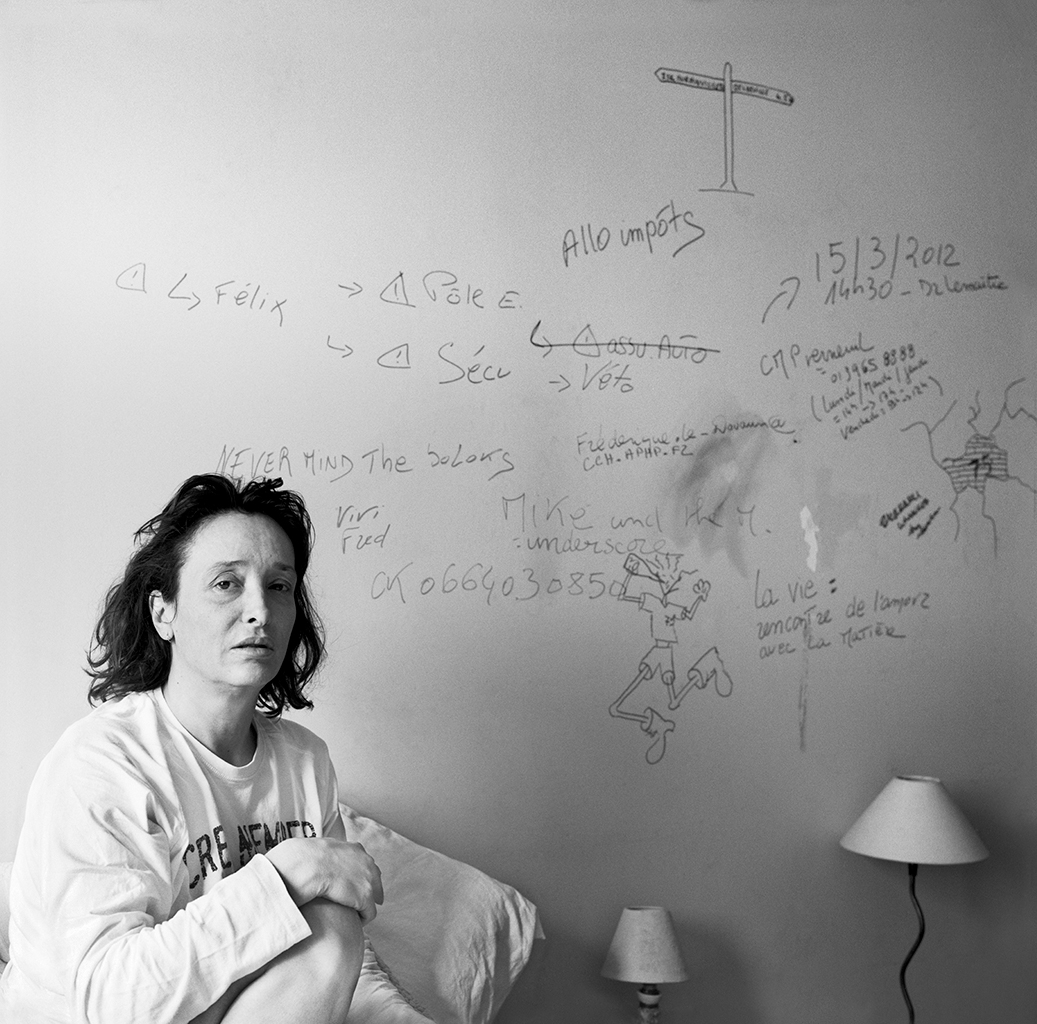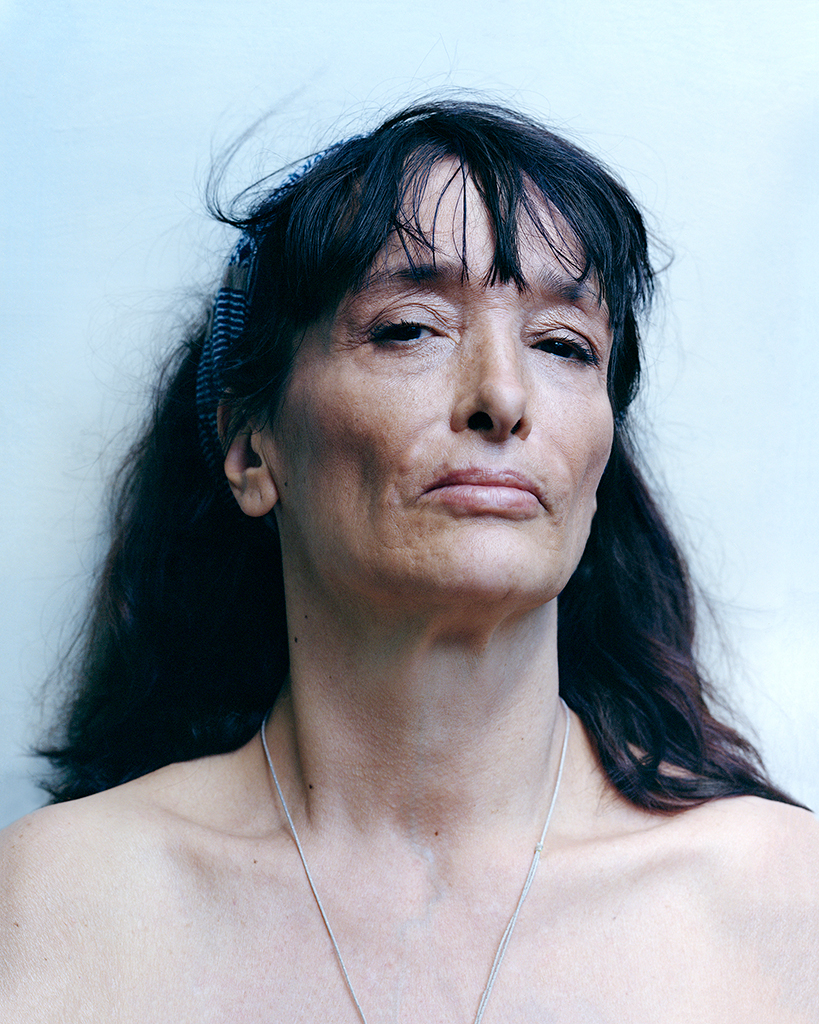This article originally appeared on VICE Belgium.
On a December evening in 2012, Mathias de Lattre’s mother ended up in an emergency room. She’d walked to the hospital alone hoping to free herself of what she regularly thought of as her “morbid impulses”. Staff transferred her to the psychiatric department of a Paris-area hospital.
Soon after admission, de Lattre’s mother was diagnosed with bipolar disorder. She was prescribed a chemical cocktail to be taken four times a day, but it seemed to have little effect on her condition. Struck by the ineffectiveness of the treatment, her son decided to do some research of his own, hoping to figure out what else might ease this lifelong illness.
Videos by VICE
As his mother became increasingly isolated, sinking further into depression, de Lattre, skeptical of the dominant and default models of Western medicine, spent more and more time gathering information on alternative practices. He became particularly interested in the use of psychotropic drugs through human history, collecting texts by specialists, analysing archeological records and studying shamanistic rituals. He even took a trip to Peru to investigate therapeutic uses of ayahuasca.
A photographer by trade, de Lattre took care to document the discoveries he was making. They went go on to form the contents of “Mother’s Therapy,” a body of work originally published in 2017 whose purpose is two-fold: It chronicles how mankind has used hallucinogenic mushrooms for therapeutic purposes while telling the story of a mother’s quest for relief.

The book takes us back to prehistory, to the first representations of what seem to be shamanic rituals. Stones carved into mushrooms, cave paintings of anthropomorphised creatures and shamans — these might be the oldest traces of mankind’s knowledge of altered states of consciousness we’ve come across to date.
While concrete proof of an ancestral interest in the hallucinogenic remains elusive, de Lattre is utterly certain that, at the very least, “early human’s vision of the world was more open, more spiritual, than our own.”

There’s been considerable amounts of research into the use of psilocybin — the psychedelic compound found in around 200 or so species of mushroom across the globe — conducted over the years, but as of yet, Mathias has found no sign of it being clinically tested on people with bipolar disorder.
During his extended research period, Mathias came across an experiment conducted by American author and ethnomycologist Robert Gordon Wasson. In 1955 he traveled to Oaxaca to meet Mazatec healer Maria Sabina, and the experience formed the basis of a widely-read 1957 article for Life magazine, “Seeking the Magic Mushroom”. Decades later, Mathias would end up speaking with a psychotherapist who had studied in Mexico with descendants of Sabina herself.

Increasingly convinced of the therapeutic possibilities of mushrooms when used carefully under the guidance of professionals, Mathias suggested to his mother that she try psilocybin in accordance with shamanistic protocols and under the watchful gaze of a specialist.
His mother has recently cut ties with her former psychiatrist to embark on a course of self-administered microdosing, though she still meets with a psychotherapist who checks in on her condition. Bit by bit, the drug has made her existence tolerable. In the book, de Lettre writes that as a result of this idiosyncratic combination therapy his mother has “regained a vital [kind of] momentum that gives her the energy and motivation she needs to rebuild her life”.
Mother’s Therapy doesn’t present de Lattre’s mother’s experience as a model to emulate. Instead, the photographer feels it should be viewed as both a visual account of how people react to despair, and as a testimony to how much a mother wanted her life back.








Mother’s Therapy by Mathias de Lettre is published by The Eriskay Connection and is available now.




